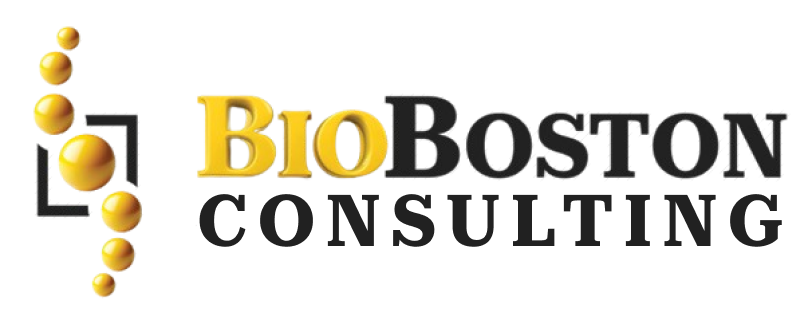Explore the critical role of technology transfer in driving innovation. Learn about technology licensing, intellectual property management, and successful commercialization strategies to stay competitive in today’s fast-paced market.
Technology transfer is the way which knowledge, skills or expertise that developed in one organization can be used in another. It is important in the creation and introduction of new technologies. Now, technology transfer is more important than ever before in order to ensure that businesses are staying competitive and current by doing so in a business climate that has become much quicker than what has been experienced before.
Technology licensing is one of the most important areas of the technology transfer process. This can include licensing a particular technology or product for others to use, develop and sell. The company with a technology, must protect its intellectual property in order to license the technology-out through patent applications, trademarks or copyrights. This is why intellectual property management is important, protecting the business’s private technology and preventing it from being used or stolen by other people.
Yet one of the most essential characteristics of technology transfer is successful commercialization of that technology. This is the process of moving a technology from research and development to market, so that it can be used by the public. This is the whole proper planning, market research and strategy development process. Technology transfer consultants can help institutions better understand successful technology commercialization models and strategies.
Technology knowledge transfer is yet another necessary function related to technology change. Such collaboration is the exchange of knowledge, agility and capability across organizations. In many professional and technical fields, this is certainly true of those that rely on scientific method for the bulk of their findings. It is possible via training, workshops as well as organization collaboration.
Technology transfer offices (TTOs)
They play an important role in the technology transfer. There are many reasons why organizations fail to commercialize their products. They offer services such as tech transfer contracts, consulting or policy building. TTOs also help manage and support the technology transfer process, making sure it is efficient and effective.
But one of the difficulties regarding technology transfer is that it needs to be perfectly executed to maintain large levels and standards. Technology transfer must be regulated in compliance with safety and environmental considerations etc. An evaluation of technology transfer and adherence to it can help organizations identify possible risks and counter them.
An essential source of tech transfer is innovation. In order to steer innovation, technology transfer strategies must comply with the overall requirements of the business. To do this, it starts with a detailed knowledge of the market, customers and competitors along deliberate risk-taking.
Conclusion
To sum it up, the technology transfer is an essential process of knowledge sharing in organizations. This has a broad series of actions which embraces licensing and intellectual property management, technology commercialization, knowledge basis transfer and so on. Simply put, for technology transfer to work, it is critical that the organization develops strategies on how they will make use of technology that are in alignment with their business strategy and market demands.The expertise of technology transfer consultants is helpful in devising successful methods and to assist you initiate according to the plans.
Reach out to BioBoston Consulting today or check our website to find out how we can help your organization.


